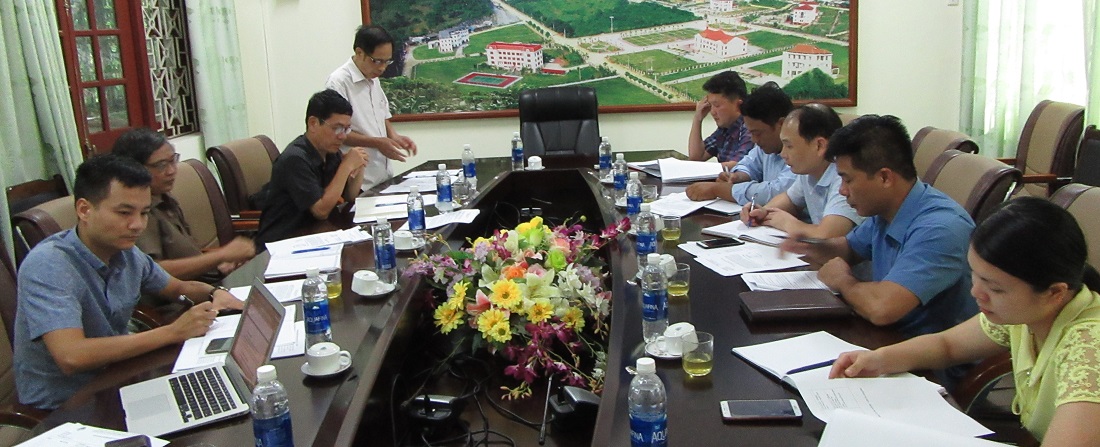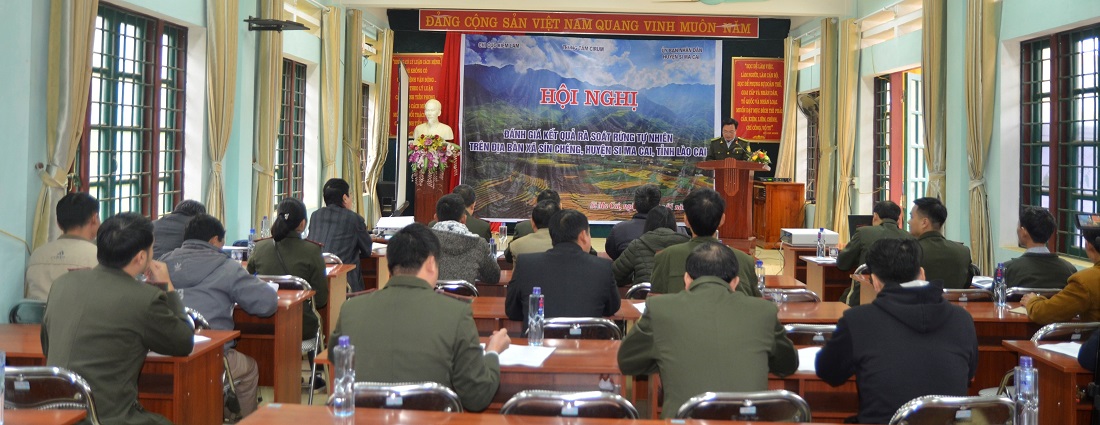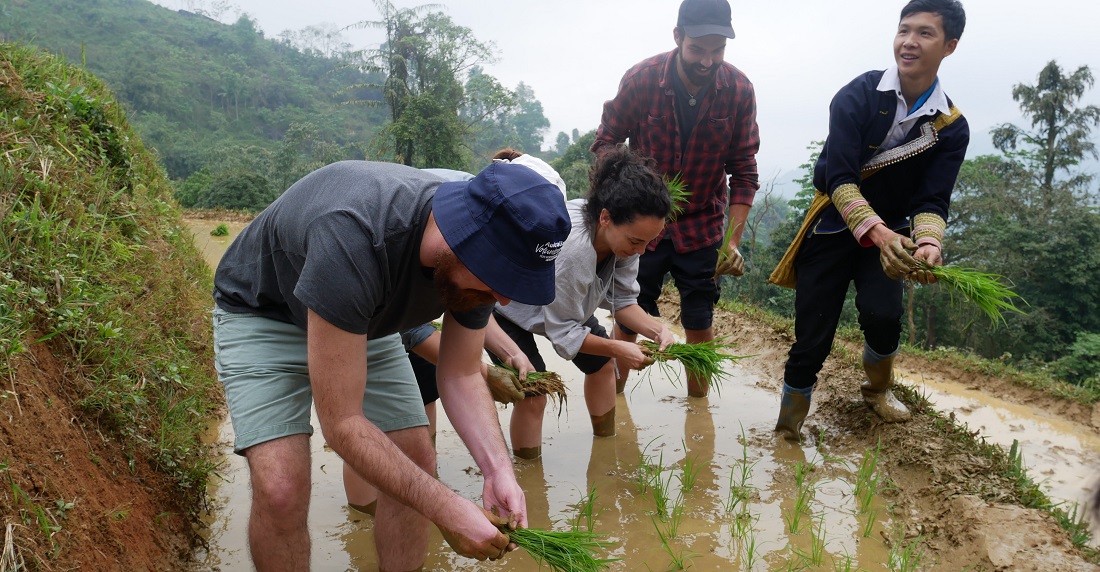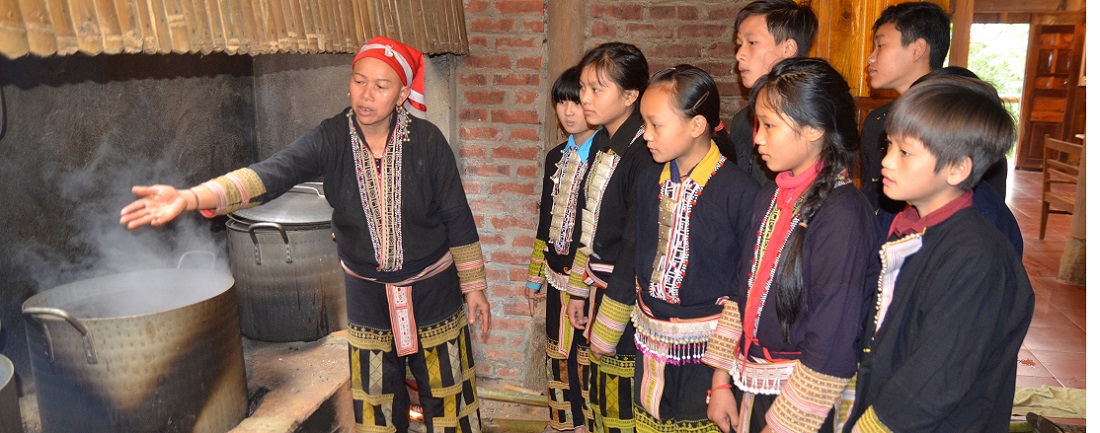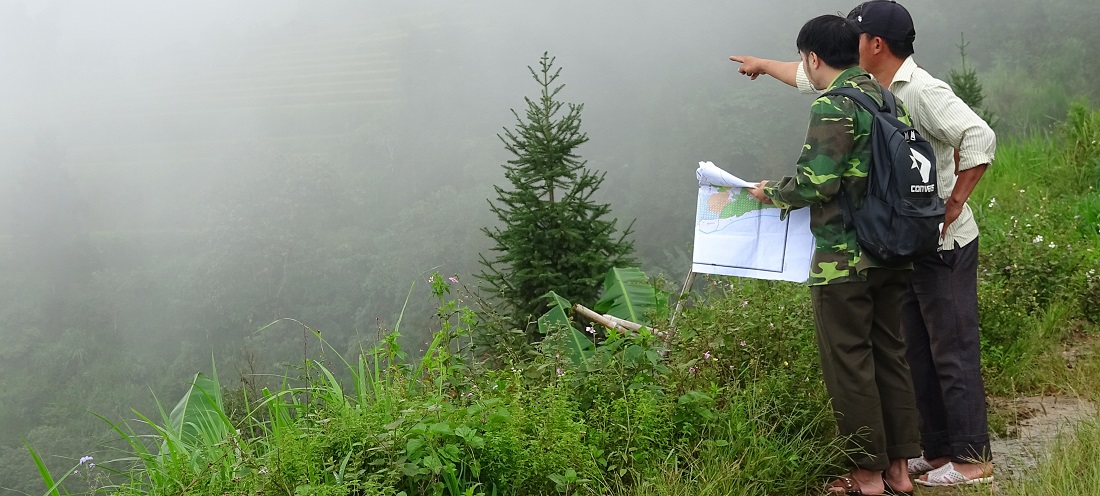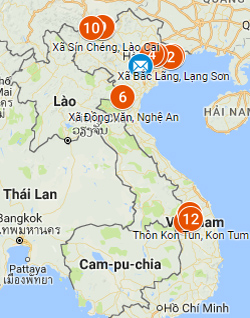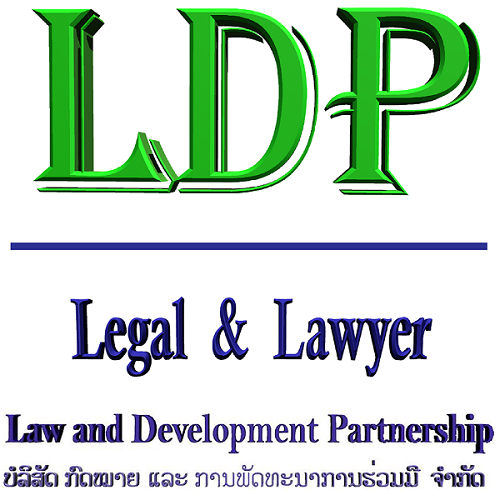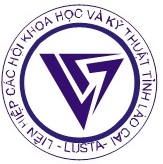On May 31st 2016, CIRUM, LandNet in collaboration with Lao Cai Provincial Union of Science and Technology Associations (PUSTA) to co-organize a local forum on “Roles of community forest in Lao Cai ethnic minority people’s lives: Opportunity and Challenges” in Simacai District, Lao Cai. The forum gathered representatives from five communes of Simacai district, including Ban Me, Lung Sui, Sin Cheng, Quan Than San and Nan San of Simacai district; and Phin Ngan commune of Bat Xat district. The participants are from different ethnic groups, including H’Mong, Nung, Red Dzao and Tay.
Outputs of the forum will be inputs contributing to revision of Forest Protection and Development Law 2004. The forum is focussed on different roles of the community forests in local cultural practice, socio-economic development, and environmental protection. It is also addressed challenges that the local villagers have been facing. The forum is a part of the project “Promoting Land Rights for Ethnic Minority People in Vietnam" funded by European Commission.
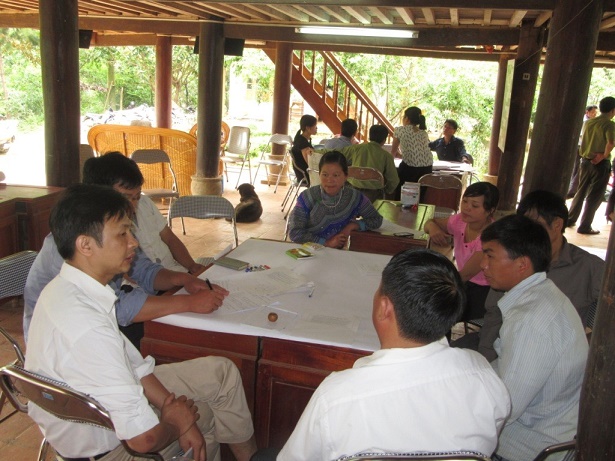 Participants discuss about community forest management in their commune/ Photo:CIRUM
Participants discuss about community forest management in their commune/ Photo:CIRUM
The forum has revealed two types of community forests existing in Simacai, including sacred forest and communal use forest. They play multiple roles in livelihoods of the ethnic communities. Specifically, sacred forests possess valuable cultural connotation for the community. Local people are only allowed to come to the forests for cultural practice on certain occasions. “Annually, local people come to the sacred forest to pray to have healthy life and good cropping seasons. At the same time, we disseminate the customary law of forest protection and development to our people. We maintain this cultural practice to educate our future generations about the forest’s importance to our lives”, a participant from Ban Me said. In some villages, sacred forests are also conserved for water source protection. The water is used for daily use and agricultural production.
Communal use forests are forests from which local communities are able to extract the forest resources for use. “Our communal use forest provides firewood for cooking, veggies for animals, food for us and timber for construction” a participant from Lung Sui commune said. Communal use forests reduce significant burdens on food security, livestock feed and housing construction. Local people manage the forests by customary law in combination with statutory law. In Simacai, the local communities often ban forest resource extraction allowing the forests to regenerate. “We have ever decided to block our communal use forest for 10 years to prevent forest exhaustion. Our forest provided us enough timber and food, so it needs to rest”, a participant from Quan Than San explained.
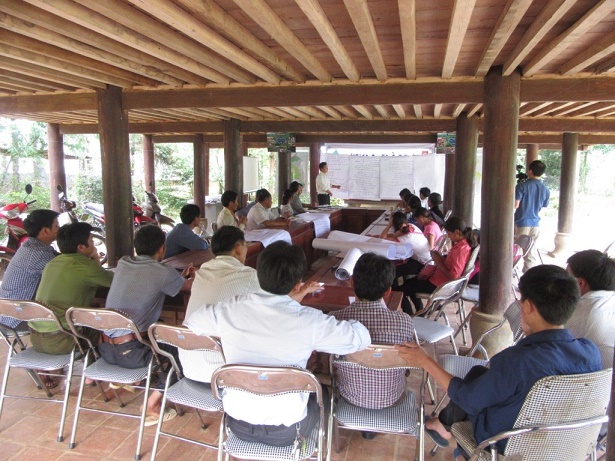 Participants share information about community forest management/Photo: CIRUM
Participants share information about community forest management/Photo: CIRUM
Although both sacred forests and communal use forests have attached to the ethnic people for generations, the ethnic people still struggle to acquire their legal rights for forest use and management. “Our communal use forest, which is managed by local people traditionally, is allocated to the Commune People’s Committee. However, our local people still take our own will to protect the forest. Without the Red Book, it is hard for us to manage and protect the communal use forest”, a participant from Sin Cheng commune shared.
Another finding from the forum is that the existence of different models of sacred forests management in Simacai. The forests are under management of a clan, a village, joint households or joint villages. These models bring a broader concept of community forest management than “community forest is managed by a village” as defined in the Law of Forest Protection and Development 2004. The sacred forests are not allocated to these forest managers.
To sum up, besides finding various roles of community forests in livelihoods of ethnic communities, the forum has elicited two gaps existing in the Forest Protection and Development Law 2004. Firstly, forest land allocation has not taken traditional connections of local communities and their community forests into account. Secondly, narrow definition of community forest mentioned in the Law has denied legal forest management and forest use rights of clans, joint villages and joint households. The two gaps have challenged ethnic people in practicing forest protection and development. Therefore, there is a need to fill these gaps so that the ethnic people are able to fully get involved to and benefited from community forest protection and development activities.








